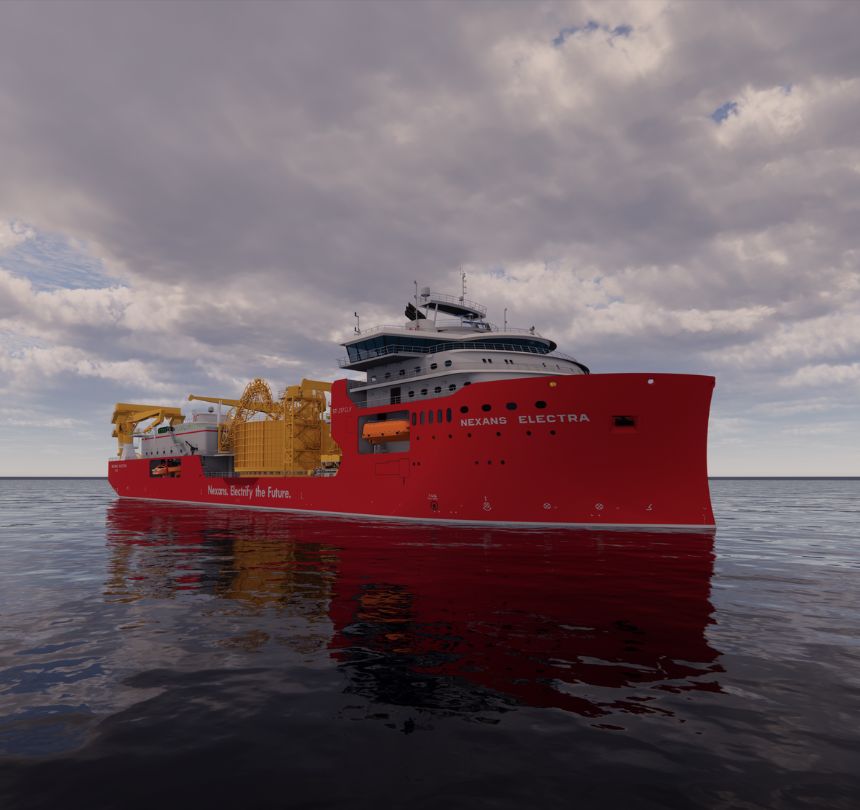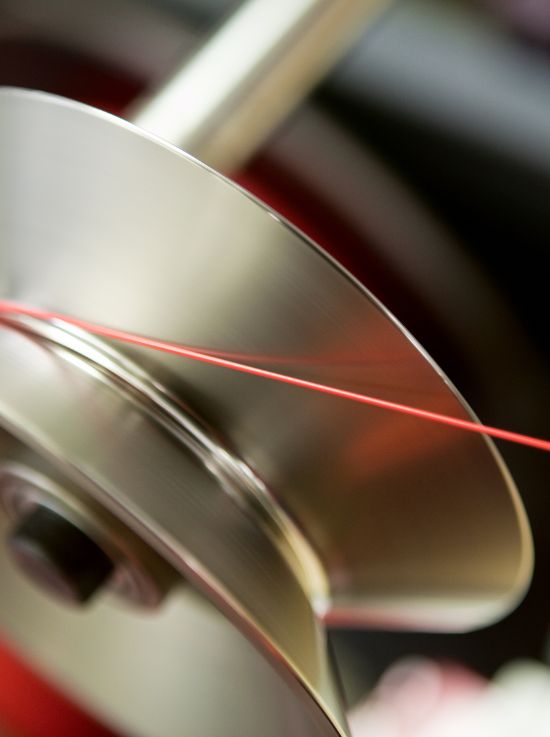Construction Products Regulation

Construction Products Regulation: a universal language
The Construction Products Regulation (CPR) is a system implemented in Europe to guarantee the free circulation of products, while ensuring that their performance levels are understood in all countries. It uses a common language and harmonized assessment methods to ensure the safety of people and property. Our cables are tested to ensure compliance with CPR standards. They are chosen in accordance with the regulations specified by each member state.
What is the scope of the CPR?
The Construction Products Regulation (CPR) is a European regulation setting out the methods and criteria for assessing the fire performance of construction products. It is applicable across the European Union. Each member country sets the level of performance required to ensure the safety of people and property, depending on the risks involved and the type of building.
The CPR is based on a harmonized standard describing the certification system to be implemented as well as the methods for monitoring performance over time. The classification standard describes the performance levels and test methods. To guarantee the free circulation of construction products on the European market, this common system needs to be adopted by all the players in the sector:
- Regulatory authorities in member states setting out requirements for construction works,
- Manufacturers declaring the performance of their products,
- Distributors bringing products to market,
- Users such as architects, building specifiers and project managers, who select the products to be installed in construction works.
The CPR covers construction products, including the cables permanently installed in buildings or civil engineering structures. Power, control, communication and fiber optic cables shall therefore fall within the scope of this regulation.
Harmonized standard EN50575:2014/A1:2016 sets out the requirements for the reaction-to-fire performance of cables. At the same time, a harmonized standard on fire resistance and emissions of hazardous substances is currently at the drafting stage. It is therefore advisable to refer to the national standards in force.
CPR classification
Cables are classed according to fire performance in seven Euroclasses: Aca, B1ca, B2ca, Cca, Dca, Eca and Fca, in most cases, cables are classified between B2 and Fca for these applications. The main criteria of classification are flame and fire spread, and heat release.
Three additional criteria apply to classes B1ca, B2ca, Cca et Dca:
- Smoke production: smoke opacity rated according to the following values: s1, s1a, s1b, s2 and s3, where s1 corresponds to the best performance and s3 to the lowest.
- Flaming droplets: d0, d1 and d2 where d0 corresponds to the best performance and d2 to the lowest.
- Acidity (pH and conductivity) of combustion gases: a1, a2, a3 during a fire, where a1 corresponds to the best performance and a3 to the lowest.
CPR: what are the responsibilities of the various players?
- Authorities: regulate the fire performance of the cables used in compliance with the classification and enforce the application of market regulations.
- Specifiers: define the level of fire performance required based on the CPR classification and assess any specific risks. This requires an understanding of the fire performance of cables and local regulations.
- Distributors: ensure that only CE-marked cables complying with CPR requirements are available on the market for use in construction, and that the declaration of performance is supplied.
- Installers: comply with national installation standards, selecting only CPR-certified cables meeting the required level of performance.
90%
of European installers see safety as fundamental
and believe that the CPR contributes to this
75%
of European installers are confident
about applying the CPR correctly in their work
66%
of European installers are confident
about the information provided by the various CPR classes,
the DoPs (Declarations of Performance), etc.
50%
of European installers prioritize cost over safety
CPR: a clear, explanatory tutorial
Our staff has put together a tutorial on CPR. Developed for educational purposes, it provides an overview of these regulations, their scope and the requirements for players in the construction sector.
Find out more about cable CPR compliance
Visit the Europacable website





